 Abraham Lincoln
If given the truth, the people can be depended upon to meet any national crisis...
Abraham Lincoln
If given the truth, the people can be depended upon to meet any national crisis...
 Guildford news...
for Guildford people, brought to you by Guildford reporters - Guildford's own news service
Guildford news...
for Guildford people, brought to you by Guildford reporters - Guildford's own news service
Birdwatcher’s Diary No.165
Published on: 10 Jul, 2018
Updated on: 11 Jul, 2018
By Malcolm Fincham
For me, the second half of June, had very much become butterfly searching season. Taking advantage of what had become a prolonged, dry and warm, sunny spell of weather.
On June 17, Dougal and I visited Sheepleas. Once again in the hope of adding a few more new species of butterflies to our year’s list of sightings.
From the car park near St Mary’s Church at West Horsley, we entered the first field, known as “Cowslip meadow”. We were immediately welcomed by a red kite flying low overhead.
Still holding such a sighting in great esteem, recalling how rare they were, just a few years ago.
Meadow brown butterflies had just started to emerge, seeing our first few of the year there as we walked around the edge of the meadow.
Although coming to the end of their life-cycle, a few dingy skippers could still be found.
Also finding a grizzled skipper, though, now also passing their “sale-by” date.
These were starting to be replaced by large skipper butterflies, counting at least three in our time there.
Several brown argus, also added to our year lists.
Although already seen this year, but still interesting to our findings, was a holly blue butterfly.
As well as my second painted lady chance sighting of this year.
A few greater butterfly orchids could still be observed.
Just a few days later, on Sunday, June 17, on making a return there, despite being overcast and breezy, we had our first sightings of marbled white butterflies, counting at least half a dozen on our walk around the meadows.
Adding to our “firsts” for the year, were two ringlet butterflies, both in pristine condition, with wings open, as if attempting to dry them.

Dark green frtillary gets its common name from a dark greenish tinge to the undersides of its wings.
A first dark-green fritillary of the year, was a delight to see, especially as it settled long enough for me to photo.
A pair of mating harlequin ladybirds, looked ready for a feast on a banquet of greenfly situated just above them, after the culmination of their quest.
Also spotting several six-spot burnet moths while there.
Taking an unexpected break from butterflies on Tuesday, June 19, having heard reports earlier in the day that the elegant tern, we saw about this time last year, had made a return to the tern island at Church Norton, near Pagham, West Sussex.
It was soon realised, however, that the coincidence had taken a twist, when it was, soon after, re-identified to be an American royal tern.
A call from Dougal, good pal as well as, avid bird-lister, allowed me five minutes to get ready for a trip to the seaside, though choosing to take my camera and binoculars in preference to a bucket and spade.
A small island just off the shore at Church Norton, is currently home to more than 55 breeding pairs of terns, including, little, common and sandwich terns. Fortunately for us, the American royal tern had decided to have a “sleepover” with them. As by the following morning, just after sunrise, it headed back out to sea.
Looking through our scopes, alongside a growing audience of birdwatchers, the American royal tern stood out well.
Over half a size larger than the sandwich terns encompassing it and most notable by its large, straight orange bill. It had been identified as the second summer bird that had in recent month been sighted in France and the Channel Islands.
Heading back home, we just had time to see the sun setting over Sidlesham Ferry Pool.
As the warm dry spell of weather continued during the last week of the month, we were happy to continue “making hay while the sun shone” in our quest to find new butterfly species, now rapidly emerging. Only impeded by daytime temperatures closing in on 30c.
On Saturday, June 23, we first visited Box Hill, near Dorking. We stopped off at our favoured site, near Juniper Hall, managing to get views of white-letter hairstreaks as they buzzed around the tops of the elm trees there. Catching a few photos as they paused, briefly, to rest.
Arriving at the top of Box Hill, I took a few moments to take in the breathtaking views.
It wasn’t long before I was able to photograph my first silver-washed fritillary butterfly of the year.
Also adding, dark-green fritillary.
As well as, marbled white butterflies to the day list.
Nearing the end of June is a key time to start looking out for some of our rarer and more elusive species of butterflies. None more so than the purple emperor. It is only seen at a few select sites these days, usually in the last week of June and the first week of July, and only usually high in the canopy of mature oaks, often referred to as, their “master tree”.
Bookham Common is one such place that one exists. On our arrival there, we soon “locked-in” on several dog-fighting males above the canopy of tall oaks.
A number of smaller butterflies also buzzed around, way over our heads. Attempting a few record-shots, we recognised them as another elusive species, the purple hairsteak.
While still spotting in my peripheral vision a few white admirals and silver washed fritillaries butterflies as they passed by.
A brief walk on another sun-soaked afternoon, just a few days later, on the north-side of Pewley Down, was a little too warm for my liking. My spirit was lifted, however, by the sound of a skylark singing overhead.
A little later I relocated it, perched on a fencepost, still singing its delightful song.
On June 28 news came through of a male red-backed shrike at Thursley Common. It had been located near Pudmore pond and was feasting on dragonflies.
Although having been showing well for the most part of the morning, by the time I arrived there it had filled itself with an abundant supply of dragonflies and was having an afternoon siesta, hidden within the reedbeds.
Back in the late 1960s red-backed shrikes were still known to breed at Thursley Common, as well as a number of other sites, especially in the west Surrey area. Alas these days, they are only seen as rare visitors to our county
A short wait was worthwhile, allowing me to view a few of the other delights on this boggy part of the heathland.
A pair of tufted ducks showed well on Pudmore pond, though photo-bombed by one of the many dragonflies there.
As well as a few attempts of in-flight photos of some various dragonflies on display.
A common spotted orchid stood out alone in the bog.
The heat was on during my visits to the Riverside Nature Reserve near Burpham. A grey heron, looking exhausted by the heat, posed in an unusual stance, along the edge of the river.
I was pleased to see a few more red admiral butterflies emerging, having only seen my first one this year earlier in the month.
As well as a small tortoiseshell butterfly in prime condition.
Always nice to see, were a small group of greenfinches, making their wheezing, vocal sounds, by Stoke Lock.
Long-tailed tits, also in small groups could be seen flitting through the trees by the towpath.
While a treecreeper allowed me some rather pleasing, close-up shots.
A common whitethroat perched on a hawthorn bush singing.
My first sightings this year of Essex skipper butterflies, started to emerge by the end of the month.
Most evenings, a “squabble” of various gulls would show up at Stoke Lake to have a wash and brush-up, before going to roost, after spending the day among the refuse at the nearby recycle centre.
A few swifts would also appear, feeding over the lake.
While a wren, perched a while by the lakeside.
On the lake another family of coots were being raised.
While a great crested grebe traversed the water with its fledgling at its side.
A roe deer emerged out of its cover in the long grass, as I walked along the footpath to the north of the of the lake.
Surprised to greet each other, however, he became a little timid. Merging back into the long grass, he continued to watch me, inquisitively, from a distance, nibbling on foliage as he did so.
At Bower’s Lock, the barn owl photographed in my previous report continued to show, just before dusk, though still from a distance.
The continuation of hot, dry weather made for good conditions for hunting butterflies. Although having seen purple emperors, high in their “master” tree at Bookham Common, just a week before.
We decided to spend a few hours on the last day of the month on a visit to Oaken Wood in Chiddingfold. Where I have had greater success in previous years, seeing them come to the ground, looking for dog poo and suchlike, to extract minerals from through their proboscis.
Eventually, one did come to ground, to do just that.
I was mostly fascinated by how the colour of their wings changed from shades of brown to blues and purple depending on the angle viewed and light upon them.
Also common to the area is the similar looking white admiral, a delight to behold as they glide along, flying from tree to floor and back up with only a few effortless wing beats.
Adding to these were the swooping flight the large and graceful silver-washed fritillary butterfly. In my opinion, one of the most beautiful sights to be found in the woodland during summer.
The silver-washed is a large fast flying butterfly, separated from other fritillaries by its pointed wings and silver streaks on the undersides which can be viewed as it stops to feed on flowers such as bramble.
A few hours well spent at one with nature and enjoying the countryside.

Click on cartoon for Dragon story: Public Asked for Views on SCC’s Proposal for Reduced Speed Limits




Recent Articles
- Updated: Crop Fire Destroys Wheat Field on the Slopes of the Hog’s Back Near Guildford
- Thames Water Announce Hosepipe Ban – But Not for Guildford
- Letter: Normandy Proposal Needs A Proper Services Audit
- Notice: Free Bereavement Support Programme
- Normandy Housing Plan Reignites Concerns Over ‘Damage To Our Community’
- Letter: The Class of 1955 Meets 70 Years On.
- Highways Bulletin: Reimagining Parking with Green Design
- Opinion: Never Have We Needed the Benefits of the Natural World More
- SCC Calls on the Government To Protect the Environment
- Two-Week Road Closure on Portsmouth Road for Gas Network Upgrade



Search in Site
Media Gallery
Dragon Interview: Local Artist Leaves Her Mark At One of England’s Most Historic Buildings
January 21, 2023 / No Comment / Read MoreDragon Interview: Lib Dem Planning Chair: ‘Current Policy Doesn’t Work for Local People’
January 19, 2023 / No Comment / Read MoreA3 Tunnel in Guildford ‘Necessary’ for New Homes, Says Guildford’s MP
January 10, 2023 / No Comment / Read More‘Madness’ for London Road Scheme to Go Ahead Against ‘Huge Opposition’, Says SCC Leader
January 6, 2023 / No Comment / Read MoreCouncillor’s Son Starts Campaign for More Consultation on North Street Plan
December 30, 2022 / No Comment / Read MoreCounty Council Climbs Down Over London Road Works – Further ‘Engagement’ Period Announced
December 14, 2022 / No Comment / Read MoreDragon Interview: GBC Reaction to the Government’s Expected Decision to Relax Housing Targets
December 7, 2022 / No Comment / Read MoreHow Can Our Town Centre Businesses Recover? Watch the Shop Front Debate
May 18, 2020 / No Comment / Read More
















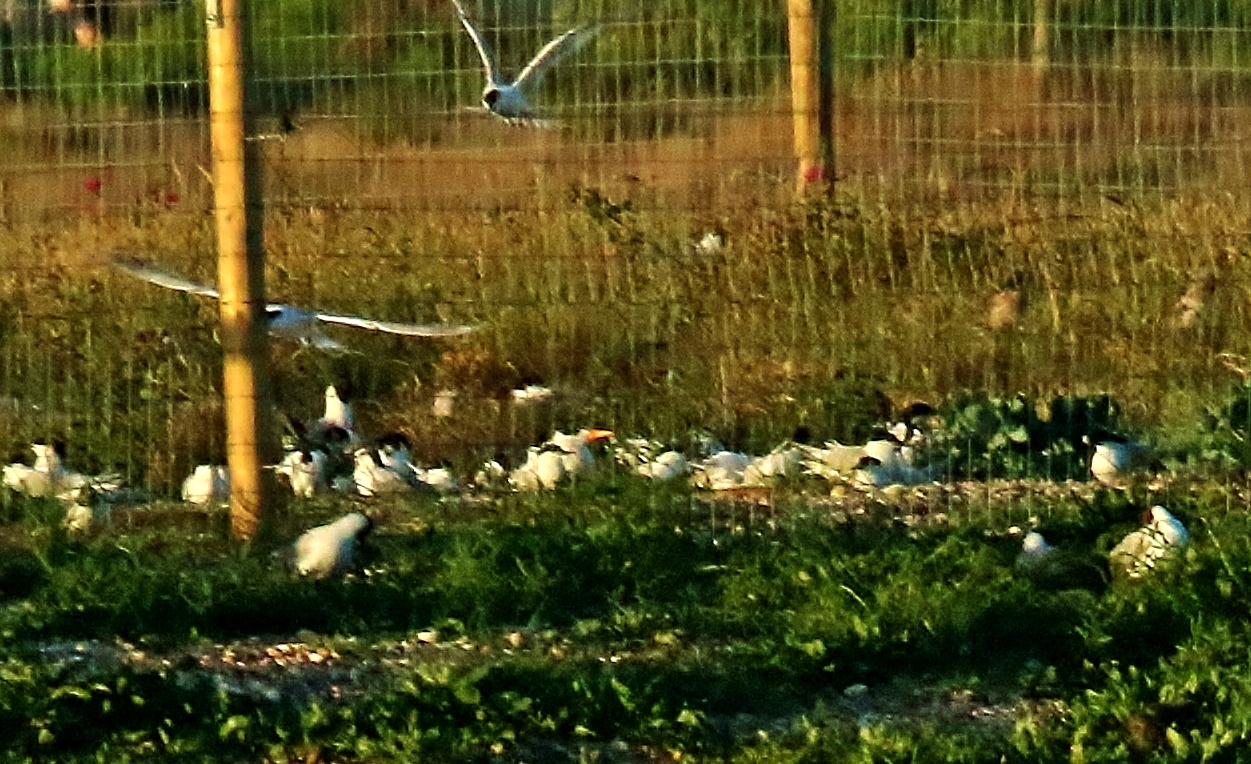


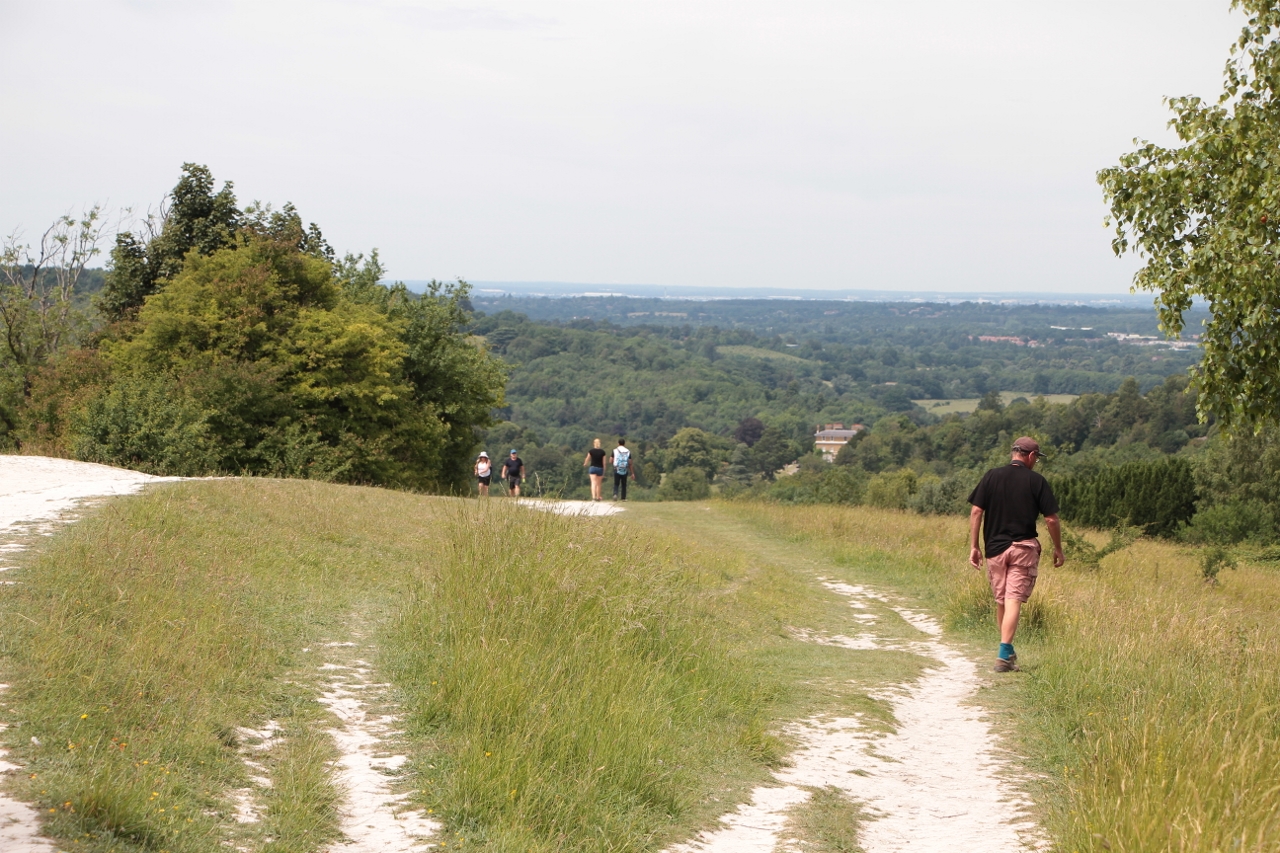


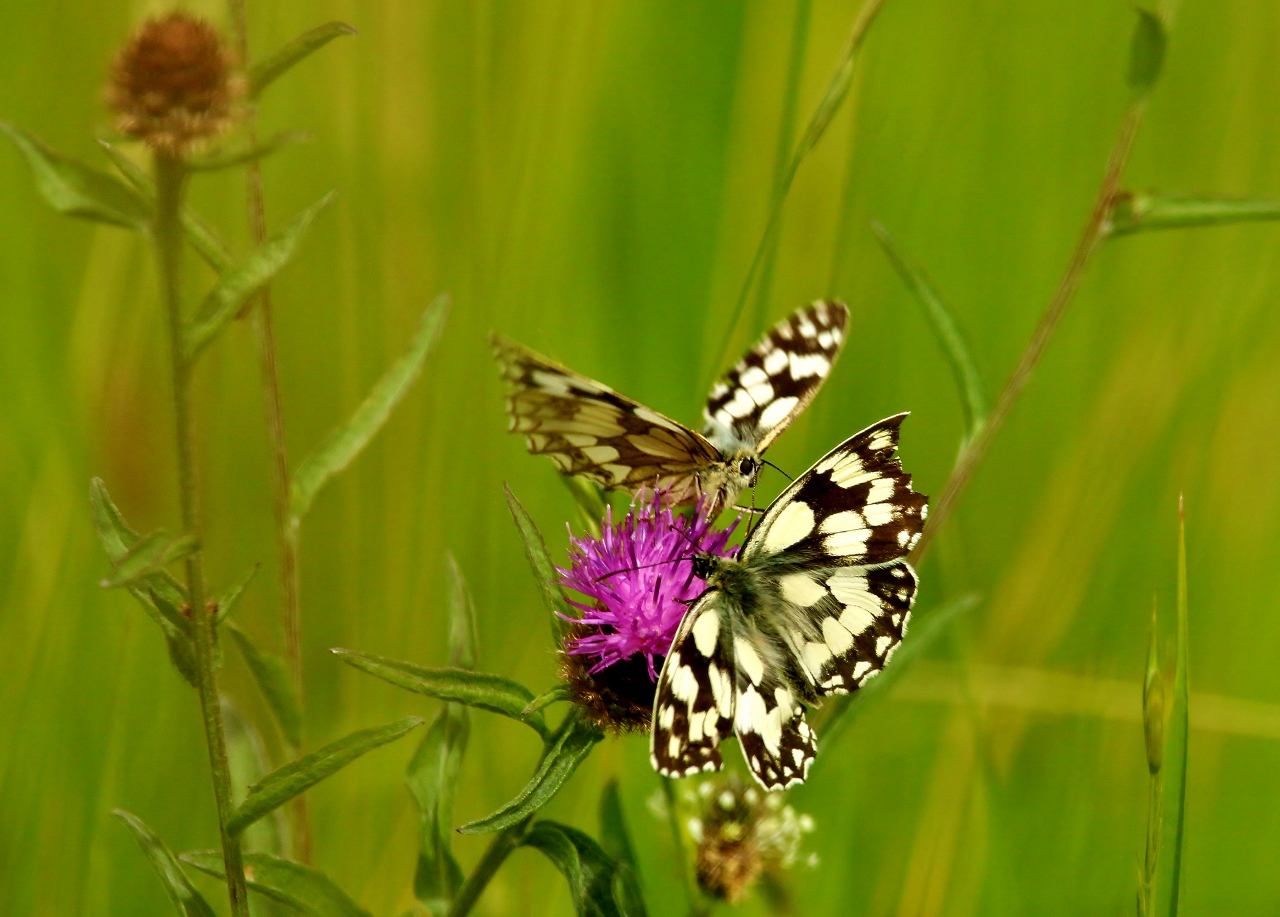








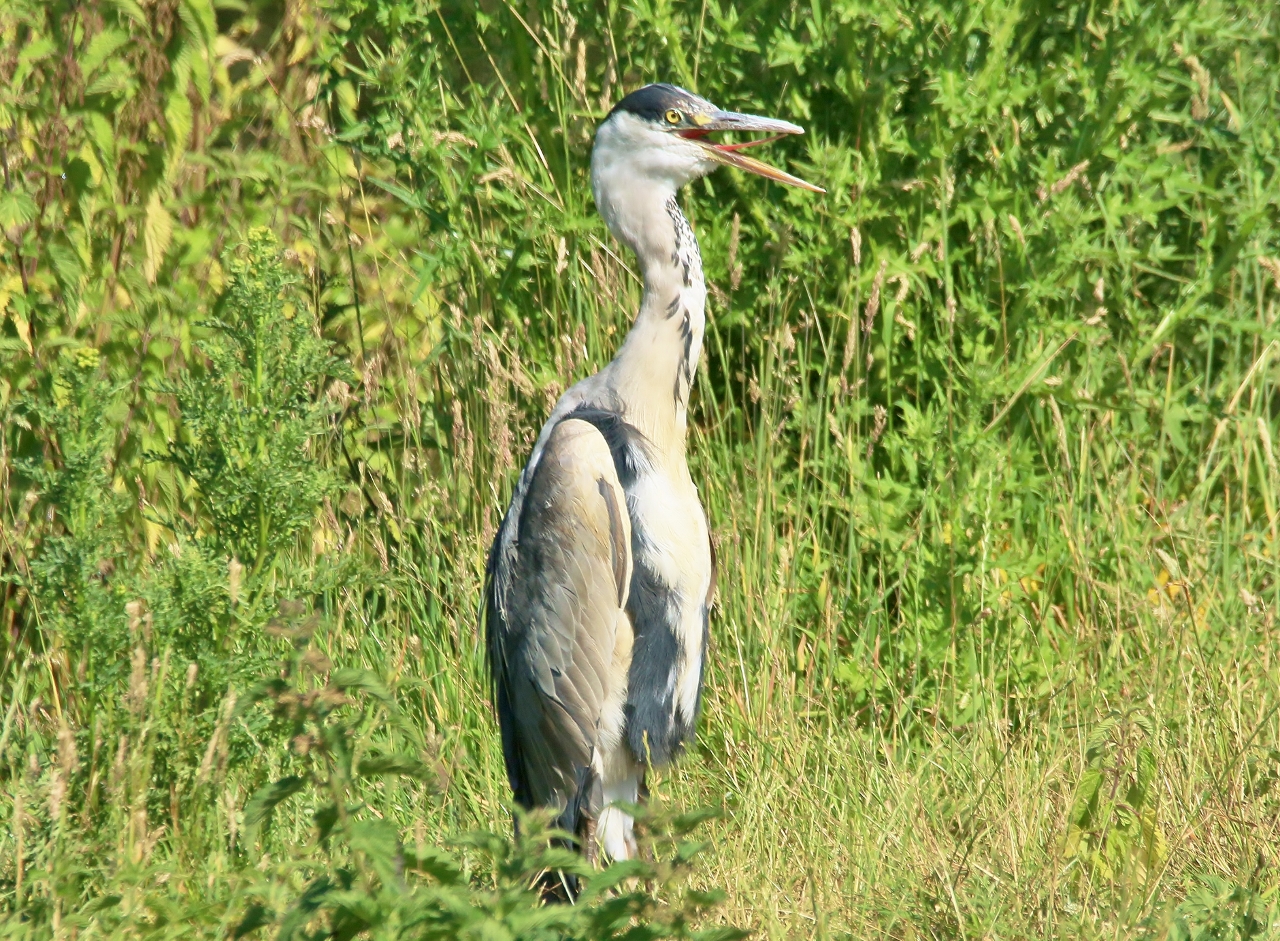






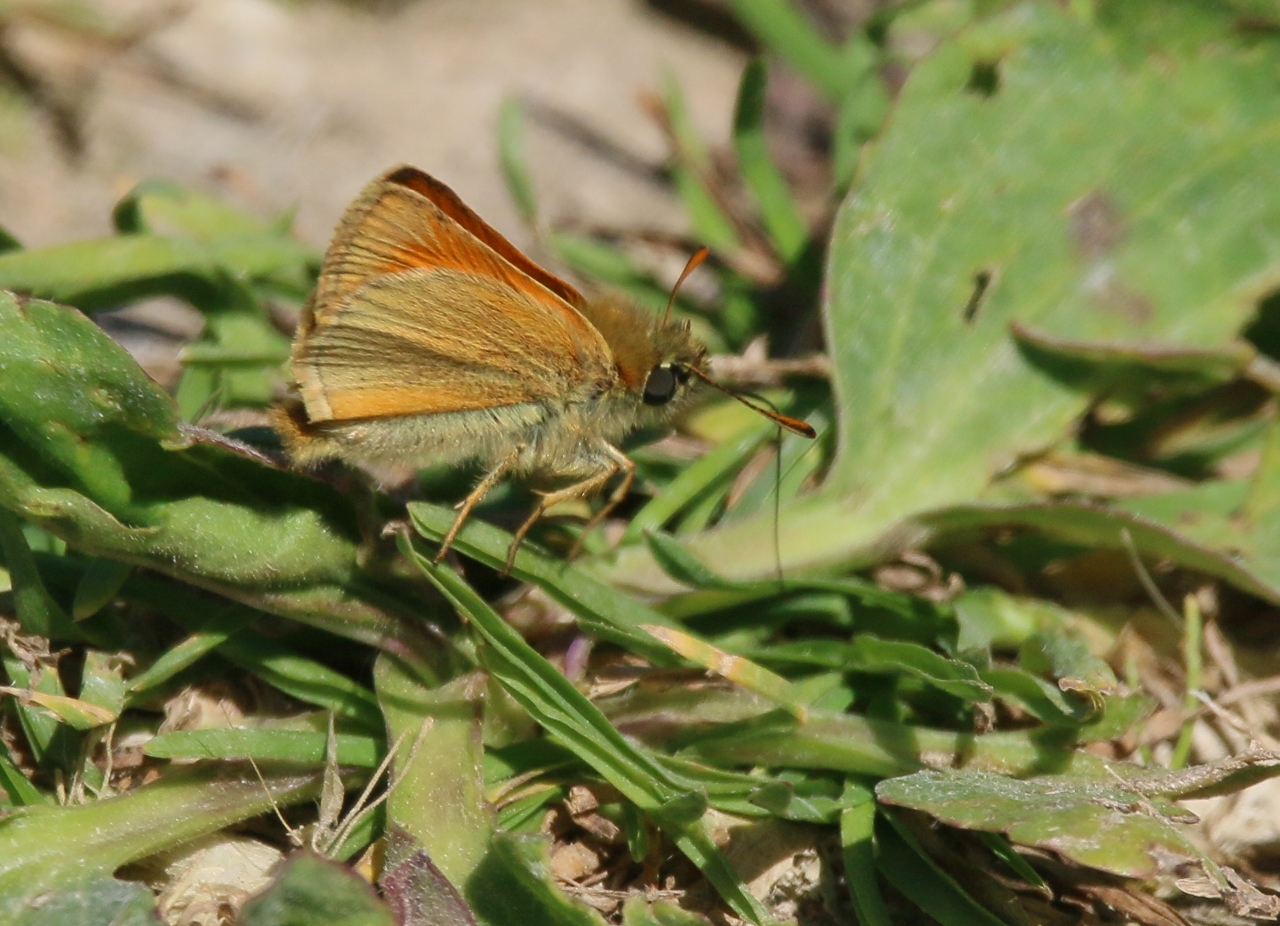

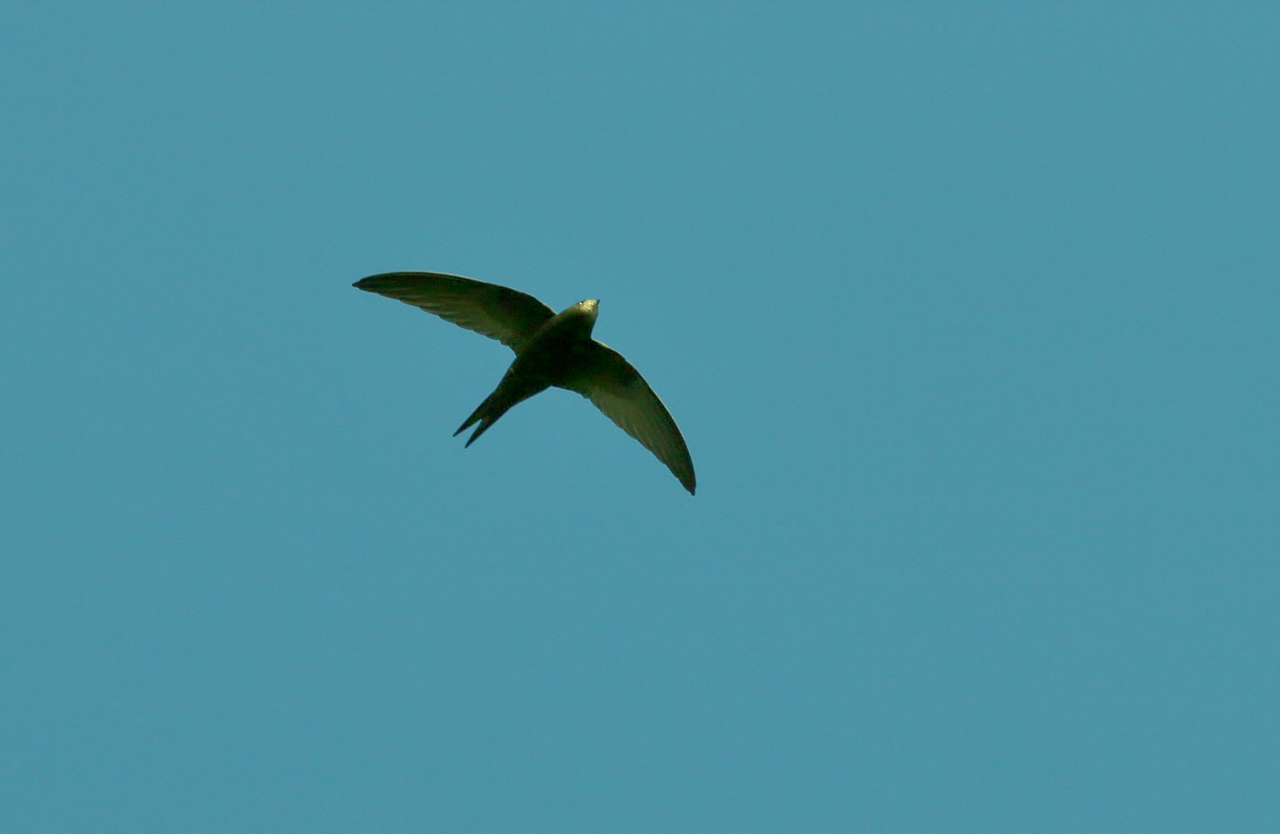


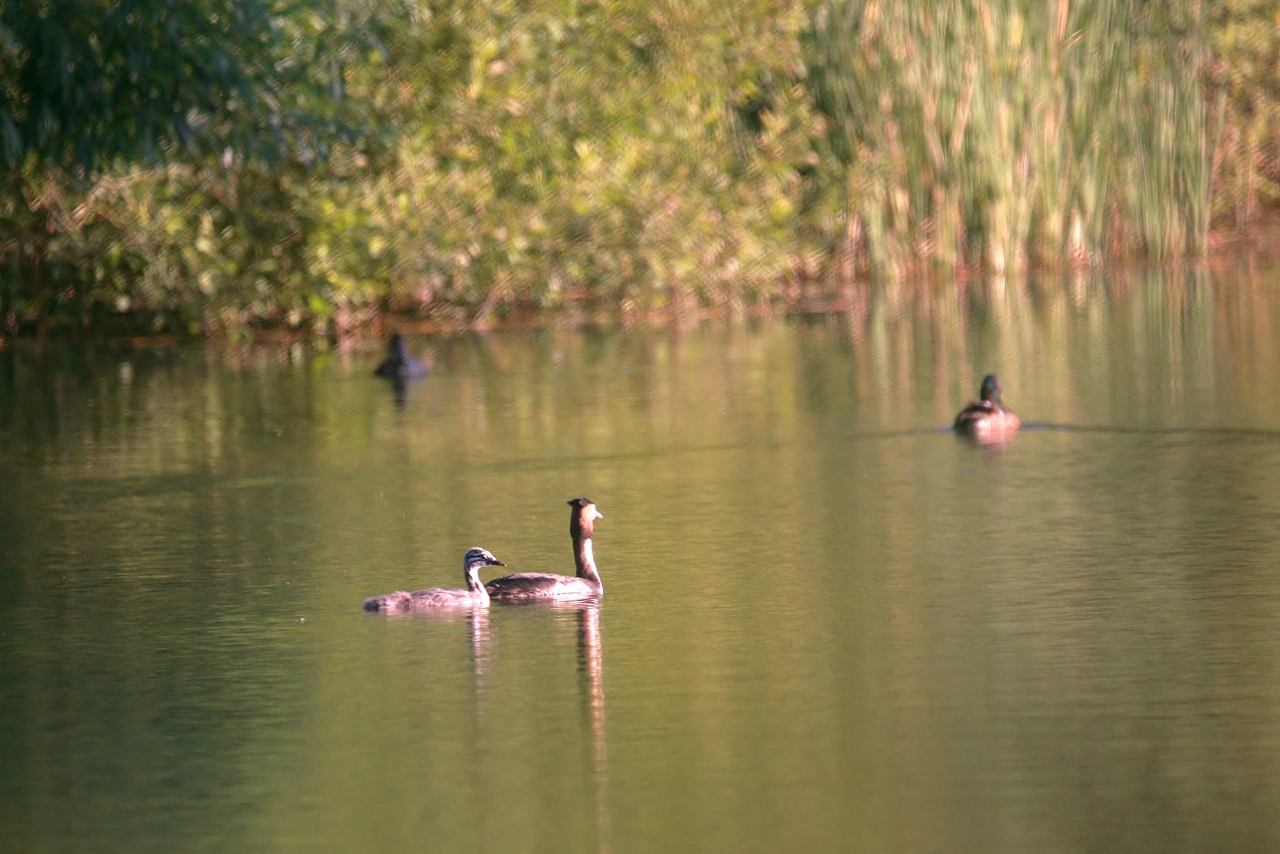

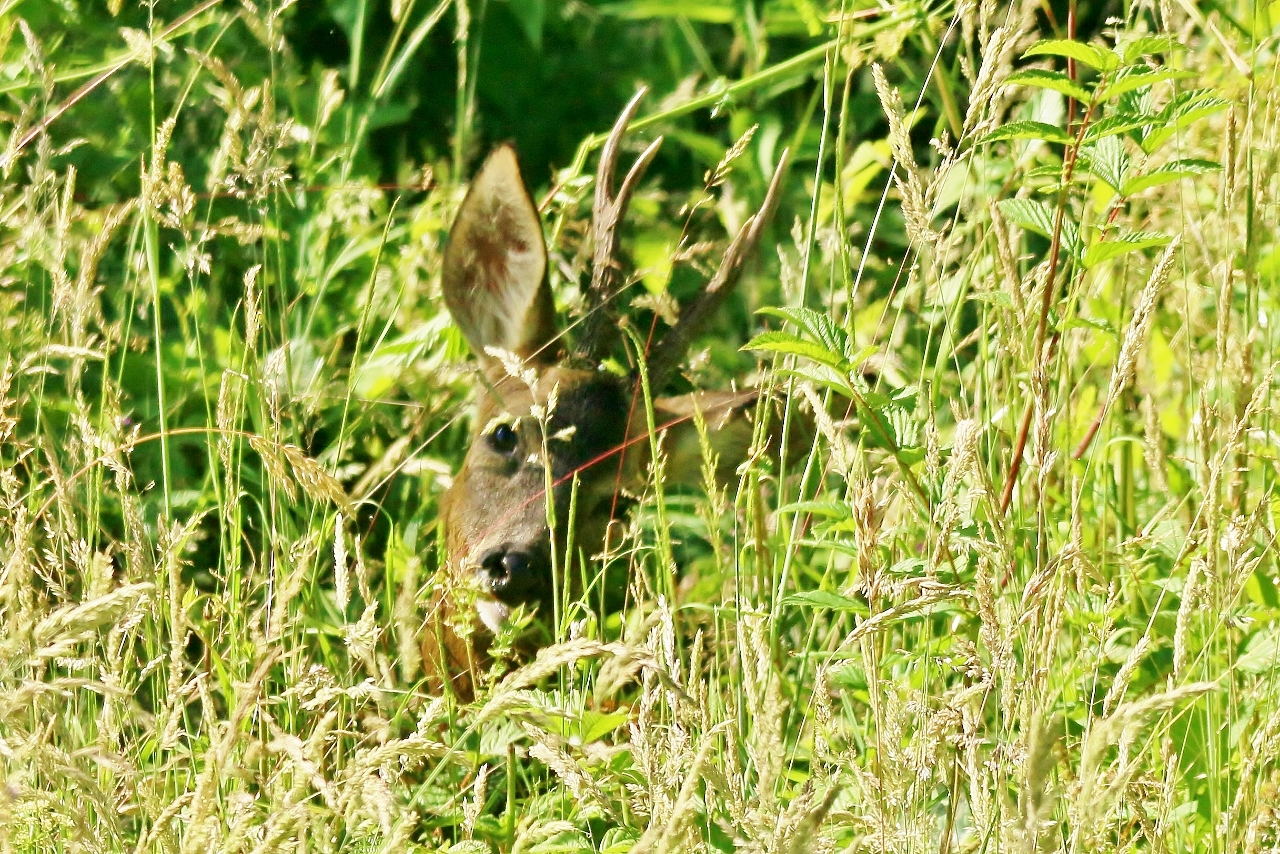








Recent Comments